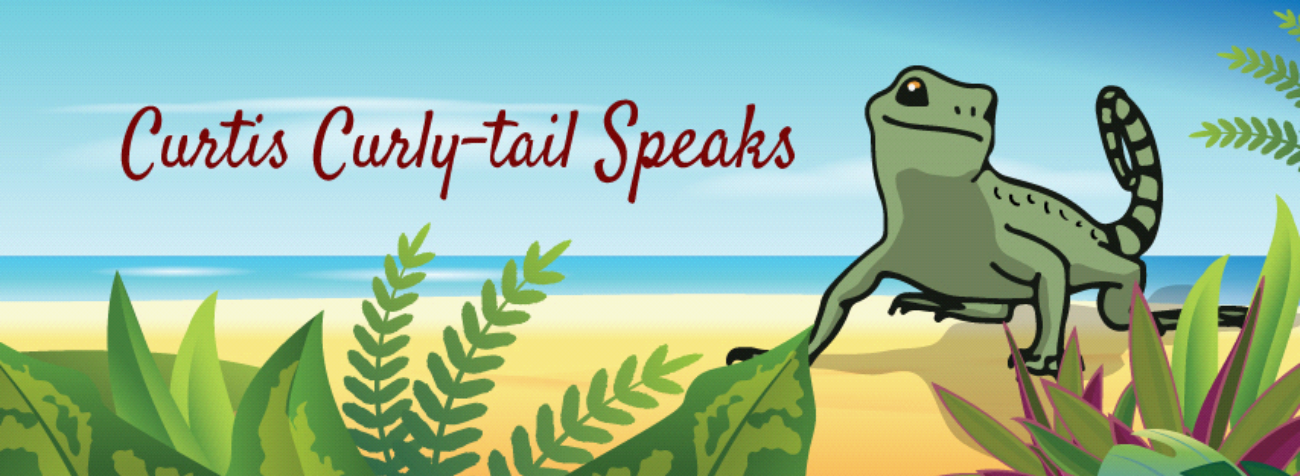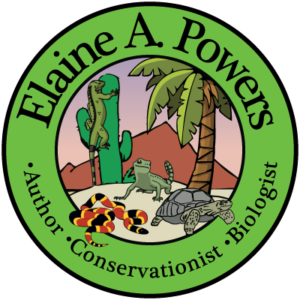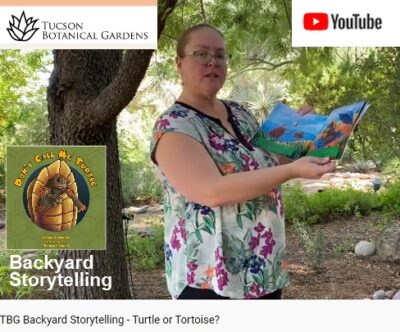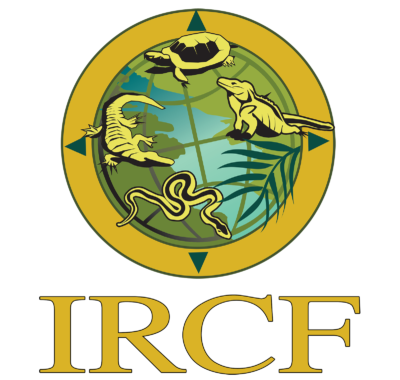This Might Sting!
I admit it. I have a proclivity towards the not so “beloved” animals of the Sonoran Desert. That is evident in my books, such as Don’t Make Me Rattle (about rattlesnakes) and Ground Squirrels of the Sonoran Desert (about ground squirrels). I wrote both of those books after people asked me to. People frequently suggest animals I should write about. But, I’m not inspired to write about all misunderstood animals, no matter how deserving they are. One example is the local paper wasp. I doubt I could write an entire book, but I certainly can write a blog about them. And hopefully it will be enough to take the “sting” out of this misunderstood animal.
An Unwanted Summer Neighbor
Every summer, paper wasps build a nest on my patio roof. Most years, they build in an incompatible location, such as right outside the door or by the gate. Every time I passed by their nest, they would get upset, then I would get upset. I’d wait until the wasps would fly out for the day, then I’d knock down the empty nest. I encouraged them to find better locations, but time and time again, we were in each other’s way. It just wasn’t going to work out for us to be friendly neighbors. Until this year.
I noticed the wasps building a nest that I could see from my kitchen window. It was nestled beside the water pipes coming off the roof from the solar heater. An excellent location.
Here they are hard at work.
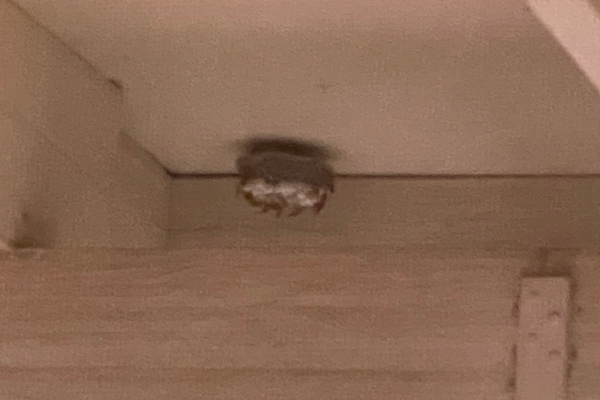
Getting to Know Them
Watching wasps fly to my pool for a big drink of water got me curious to know more about these native insects. I’m always impressed by how they stay on top of the water, using their legs to interact with the water’s surface tension. The water surface is pushed downward, but the layer is not broken. The weight of the wasp is spread out along the legs. I am very pleased with this photo showing the wasp on the pool water. It took me many tries to get a photo of one because they only land for a few seconds. They’re fast drinkers!
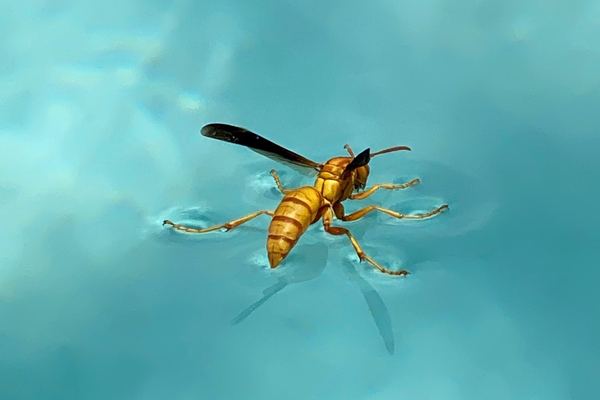
My presence never seemed to bother them. I do wonder why they always drink from the shallow end of the pool, never the deep end. Maybe it’s just because that’s the end closest to the nest?
The wasps I’m enjoying are the yellow paper wasps (Polistes flavus.) To create the nest, the female chews wood fibers that mix with her saliva to form the paper used to make the hexagonal-shaped cells. No wonder she needs to drink a lot of water! She uses her mandibles to ensure the correct thickness of the cell walls.
In the spring, the nest starts with one fertilized female, the queen, building a paper nest suspended from a thick stalk. She may receive help from a close female relative. The queen lays her eggs in the cells. When they hatch, she feeds caterpillars and insects to her young, the larvae. Each larva will cap her cell with a white thread-like material for pupation. You can see the pupae in this nest photograph.
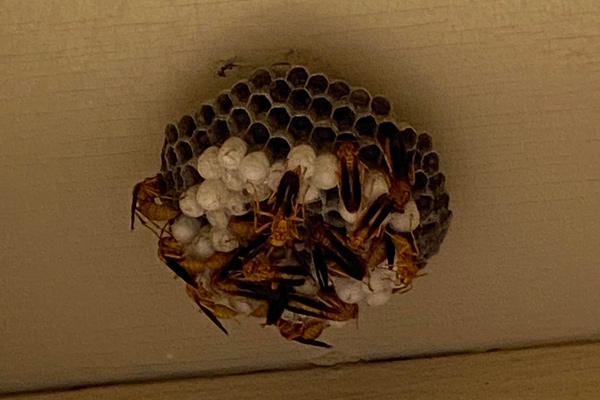
This first brood is all females who become workers for the queen, caring for other young and gathering food. They also collect water for cooling, very important for dealing with summer in the Sonoran Desert. So, the other wasps on my nest are these female workers. Later broods will produce reproductive females and males. These young will mate in the fall. After mating, the fertilized females consume nectar to be able to survive the winter. This feeding behavior provides important pollination for desert plants. The females will find sheltered locations to hibernate.
In addition to pollinating, paper wasps consume plant-eating insects that people consider pests, including aphids, grasshoppers, ants, and caterpillars.
These wasps are not a threat to people. With a little tolerance and a willingness on the part of the wasp to choose a good location, we can live comfortably with these very beneficial insects. I’m happy to share my patio and pool with them!
For more information about “unwanted” animals and the importance of their conservation check out my STEM-based workbooks. Rats, bats and snakes are just a few of the fun and educational topics covered.
To learn about our latest science-based children’s books and workbooks, to read our latest blog posts about reptiles, birds, cats, and gardening, in a variety of locations, and about how the books come to be, what inspires an author to write, and many more interesting aspects of the publishing business, fill in the box below and we will add you to our email list.
Thank you!
